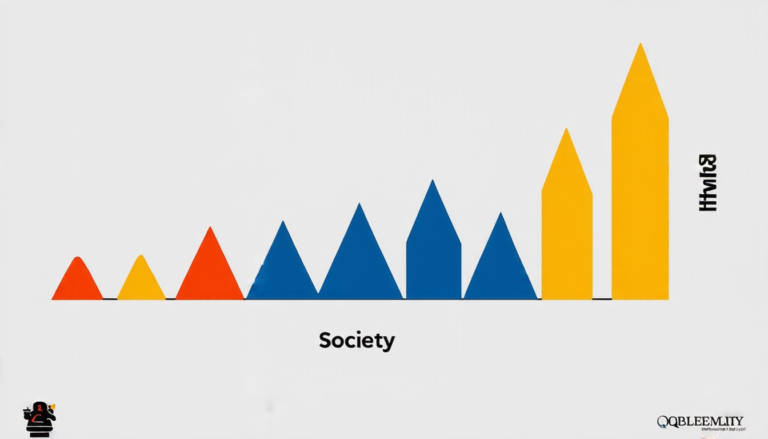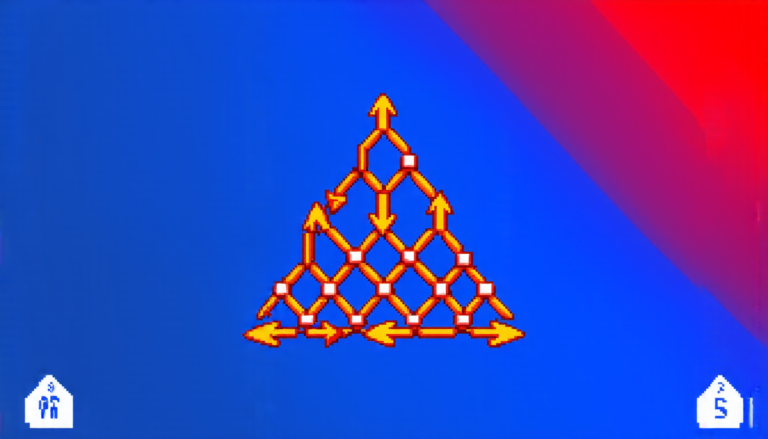Wednesday 09 April 2025
The way diseases spread through networks has long fascinated scientists and public health officials alike. From the rapid transmission of COVID-19 to the slow burn of tuberculosis, understanding how infections move from person to person is crucial for developing effective treatments and preventing outbreaks.
A new study sheds light on this complex process by examining the evolution of epidemics in complex networks. These networks can be thought of as web-like structures that connect individuals, cities, or even entire countries, with each node representing a single entity and the connections between them representing the relationships between those entities.
The researchers found that there are two distinct types of universality classes that govern the spreading dynamics of epidemics in these complex networks. The first type is characterized by a Gompertz-like curve, where the number of infected individuals grows exponentially at first but eventually slows down as the infection spreads further. This type of epidemic is often seen in small-world networks, which have a mix of short and long-range connections.
The second type is marked by an Avrami-like curve, where the number of infected individuals increases in a more gradual, logistic fashion. This type of epidemic is commonly observed in fractal complex networks, which exhibit self-similar patterns at different scales.
One of the most significant findings of the study is that the traditional concept of the basic reproduction number (R0), which is used to predict how quickly an infection will spread, may not be applicable in all cases. In fractal complex networks, R0 loses its predictive power, and instead, microscopic scaling exponents of the network’s self-similar structure play a more crucial role.
This research has important implications for public health officials and epidemiologists. By understanding the different universality classes that govern epidemic spreading, they can develop more effective strategies for containing outbreaks and preventing future pandemics. For example, in small-world networks, targeting high-degree nodes (those with many connections) may be an effective way to slow down the spread of an infection.
In contrast, fractal complex networks require a more nuanced approach. By identifying the self-similar patterns within these networks, public health officials can develop targeted interventions that take into account the unique structure of each network.
The study’s findings also highlight the importance of considering the underlying network structure when developing disease models and predicting epidemic outcomes. This may involve incorporating fractal or small-world properties into existing models, which could lead to more accurate predictions and better-informed public health decisions.
Cite this article: “Unlocking the Secrets of Epidemic Spreading: A New Perspective on Complex Networks”, The Science Archive, 2025.
Epidemics, Complex Networks, Disease Spread, Universality Classes, Gompertz Curve, Avrami Curve, Fractal Networks, Small-World Networks, Basic Reproduction Number, Public Health Officials







